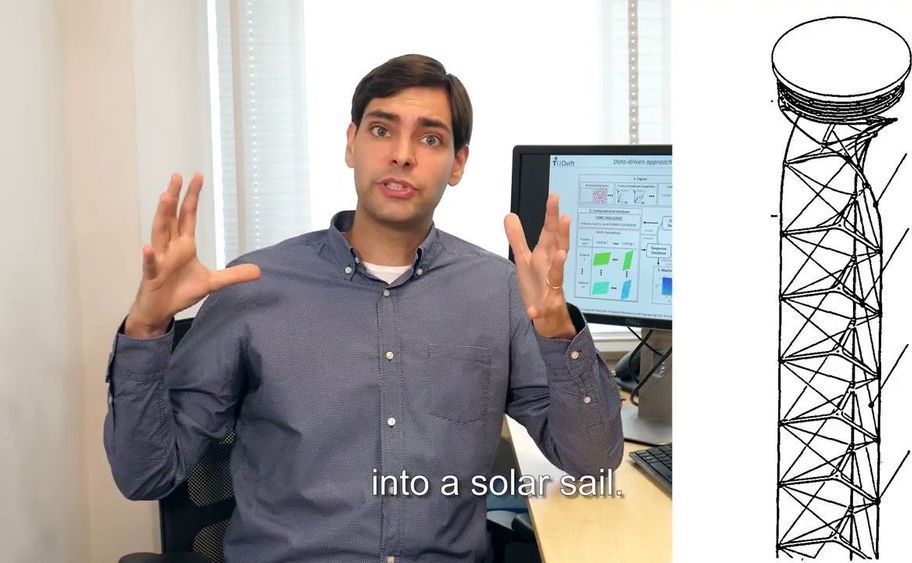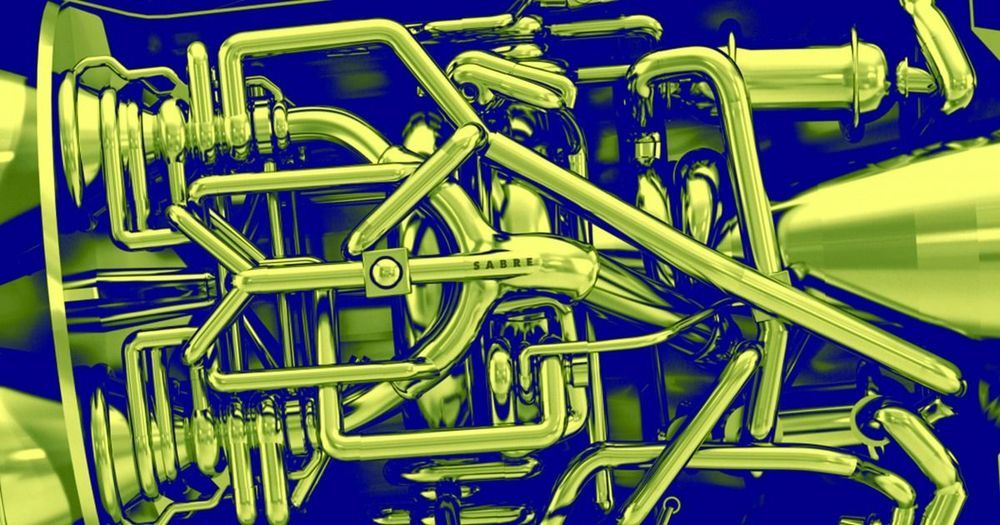Image Credits: Thinkstock
Materials scientists are constantly working on developing stronger and better materials for various industries. Spider silk, diamond, graphene, and nanotubes have all been proved to be stronger than steel in one respect or another. Now, certain types of plastics join this list.
The following article looks at three research findings in the field of plastics.









